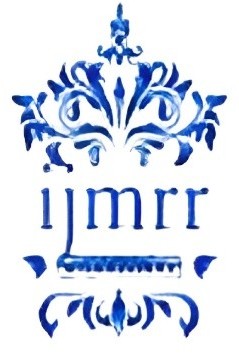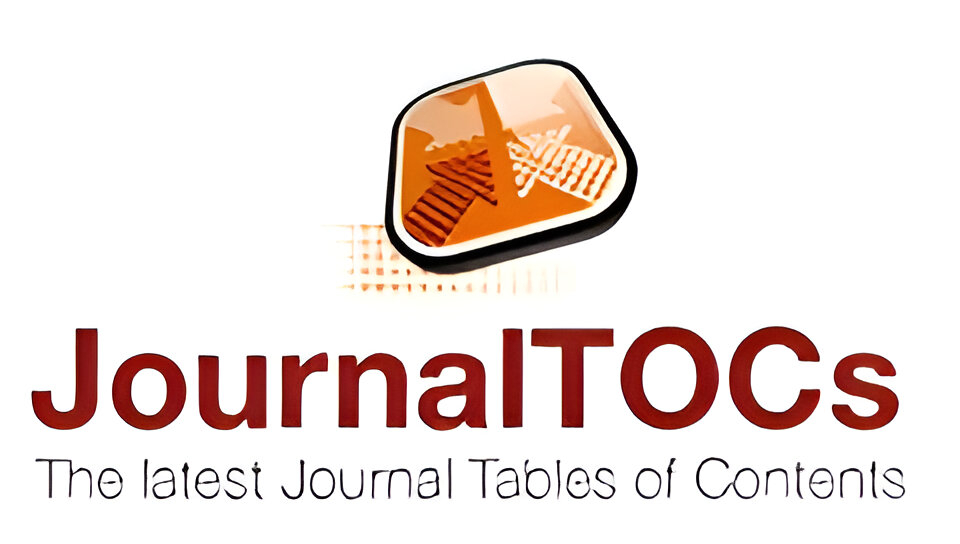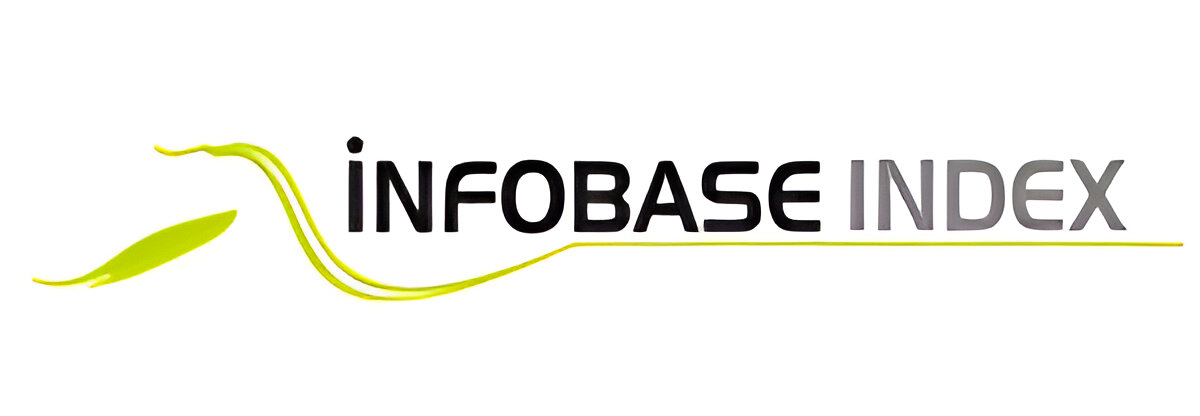A Deep Learning-Based Approach For Inappropriate Content Detection And Classification Of Youtube Videos
Keywords:
EfficientNet, CNN, bidirectional LSTM, video classification, social media analysis, deep learning.Abstract
The bulk of YouTube's viewers are young, and the site has attracted billions of them as a result of the site's videos' exponential growth. Now-a-days YouTube content are access by all age group of peoples as this provide digital entertainment content on various topics such as Sports, Religious, Movies and many more. This channel provides vast amount cartoon entertainment for KIDS. Some malicious users are taking advantage of this digital content to spread inappropriate content for kids the in the form of cartoons. Such inappropriate content may put bad influence on growing kids and need a technique to prevent such content before showing to kids. Additionally, malicious up-loaders use this network as a distribution channel for disturbing visual information, such as sharing inappropriate material with kids through animated cartoon videos. This paper proposes a unique deep learning-based architecture for identifying and categorising objectionable information in videos. . Overall, cutting-edge performance was obtained by the Efficient-Net and BiLSTM design with 128 hidden units (f1 score = 0.9267).











